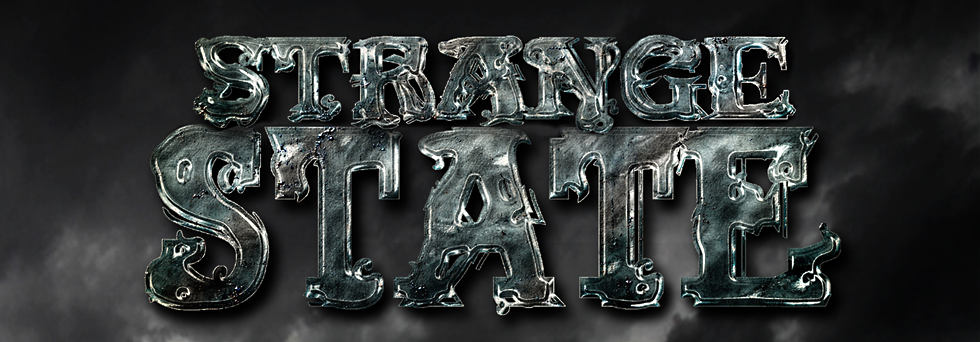 In post World War I America and Europe, a movement gained momentum that would shape much of what we believe about ghosts, hauntings, and the afterlife. Spiritualism was the perfect answer for the aggrieved who no longer had faith in the old religions, and yet, for whom science could offer no comfort either.
In post World War I America and Europe, a movement gained momentum that would shape much of what we believe about ghosts, hauntings, and the afterlife. Spiritualism was the perfect answer for the aggrieved who no longer had faith in the old religions, and yet, for whom science could offer no comfort either.The Reverend Phil C. Baird, noted in 1920 that "Great companies of spirits have arisen from the bloody fields of war! Sorrow has driven her sword deep into the soul of the civilized world." As a consequence, he believed the nation's grieving psyche was primed to hear what Spiritualism had to say after their sons and fathers and brothers had been slain in World War I.
In a new century, increasingly defined by science and industry, the hollow comforts of the old religions felt quaint. Yet, for all its advances and dehumanizing autonomy, science had not managed to eradicate the spectre of death nor explain its dark mysteries. So, the grieving turned to even older superstitions: clairvoyance, occultism, spiritualism...
In the first two decades of the 20th century, dozens of newspaper articles and advertisements in The Oklahoman alone spell out the wonders of one medium or another. Many of these spiritualists boasted outlandish, almost silly names such as Alababa or Signor Raphael. Some adopted prefixes of respected professions (undoubtedly to bolster their own legitimacy) such as the Doctors Whyte and Schlesinger or the Professors Lamont and Edwards. Snake oil salesman using well-worn techniques, these men and women still managed to dupe the bereaved and bilk them of their hard earned money.
The spiritualism movement abated after the exposure of many hoaxes and frauds. Some would say science won out - even over religion. But from the ashes, arose the era of modern paranormal investigation, which sought through science to explore the realms of the unknown and to answer timeless questions of life, death, and beyond.

No comments:
Post a Comment